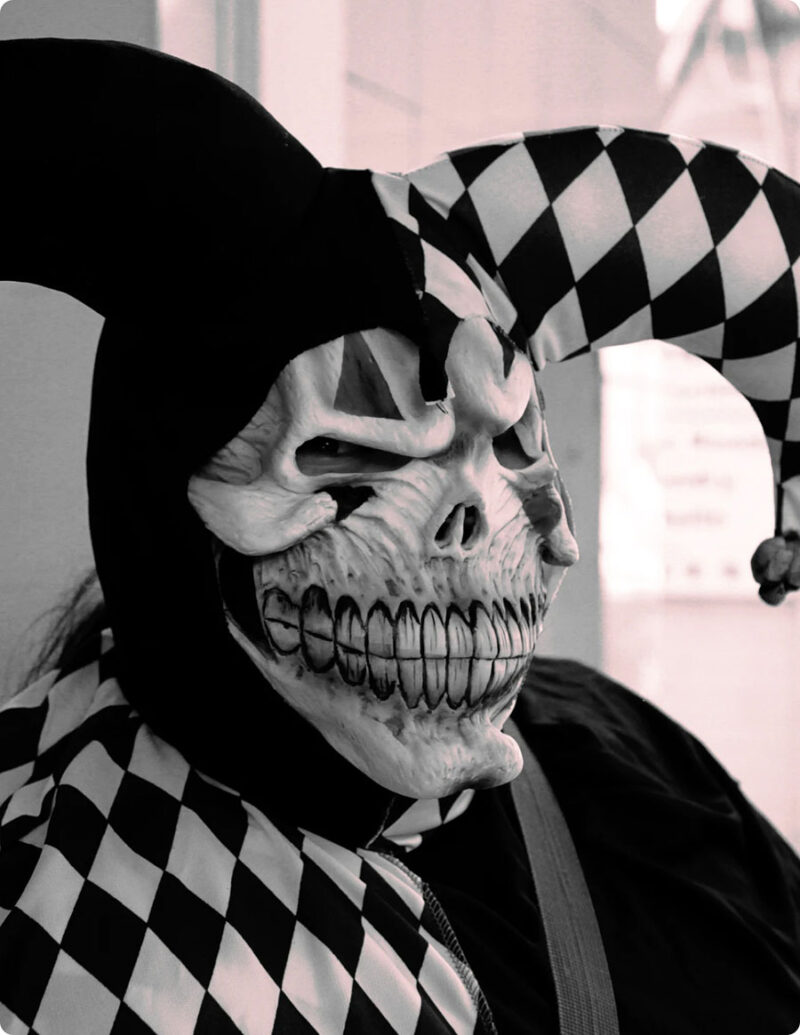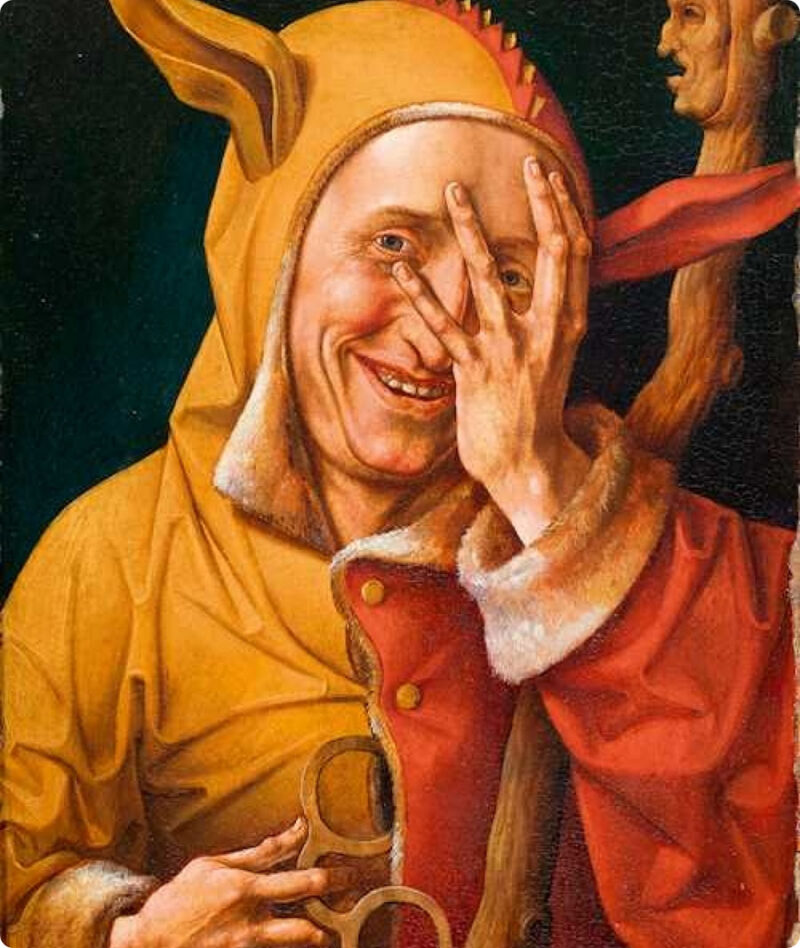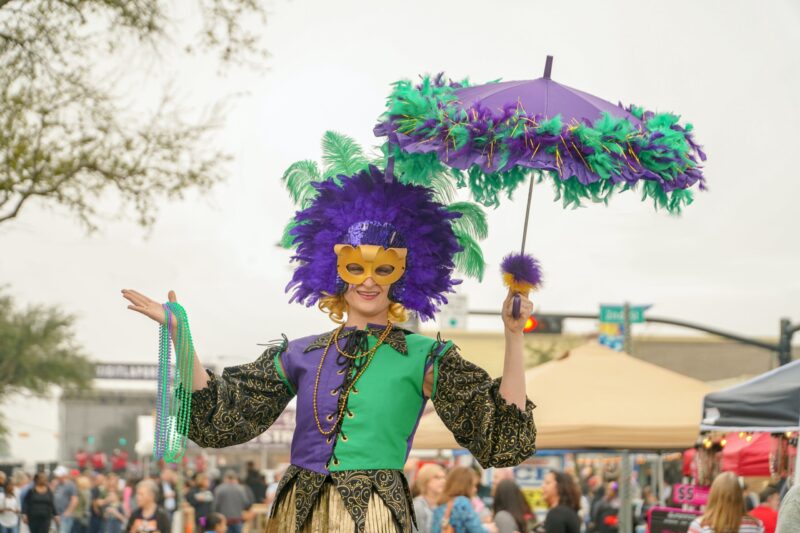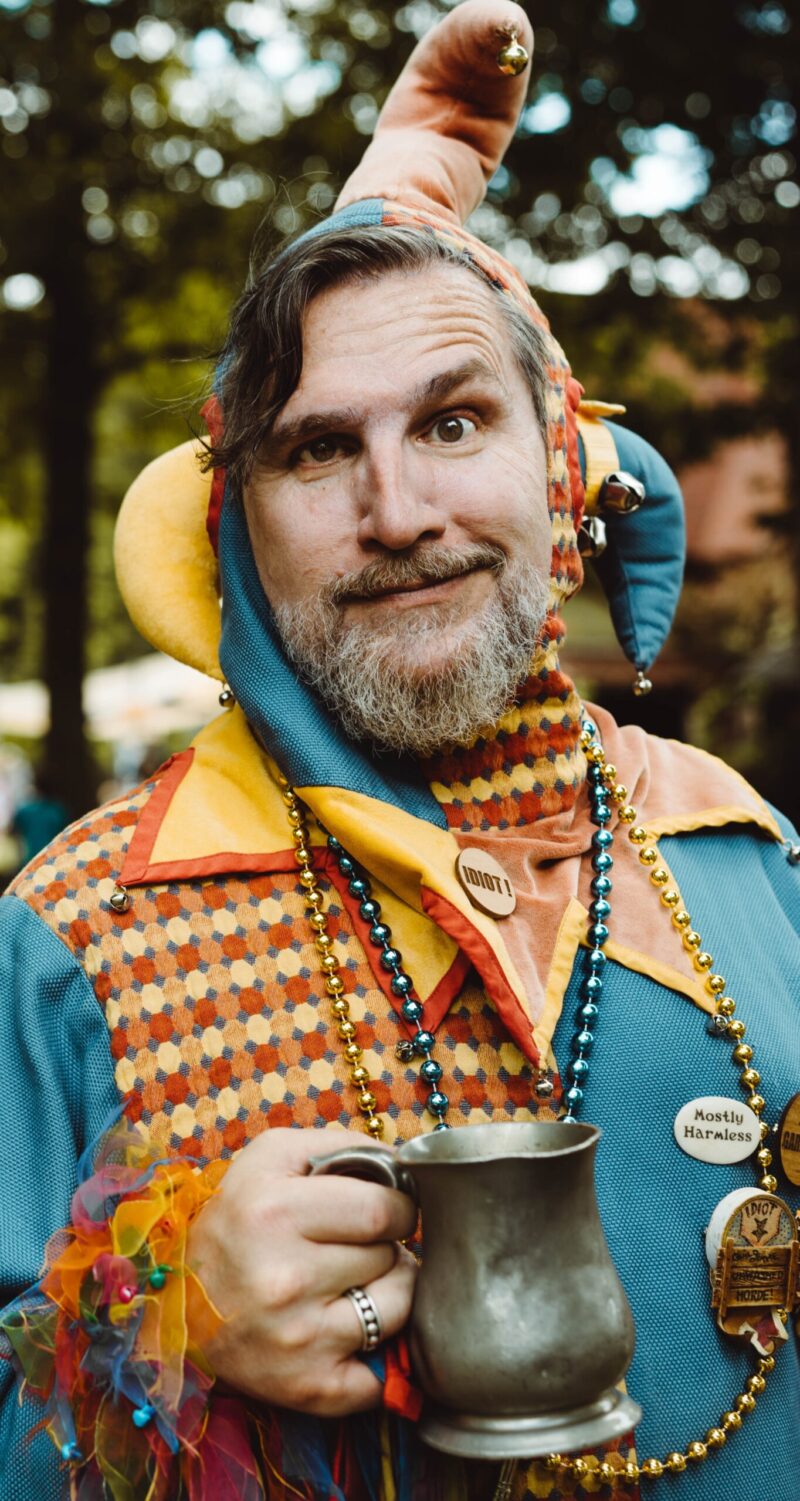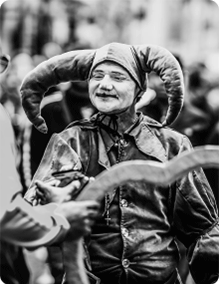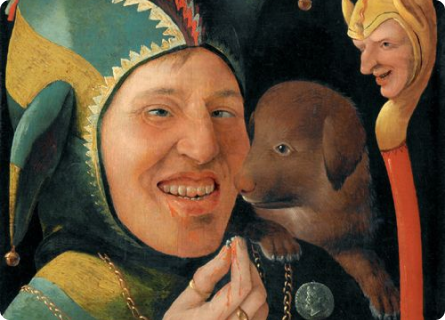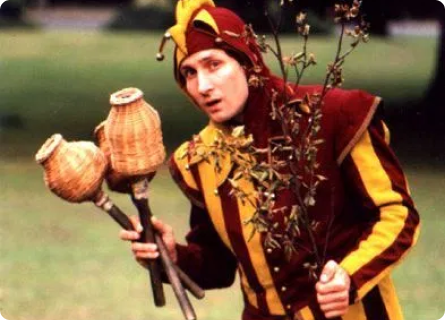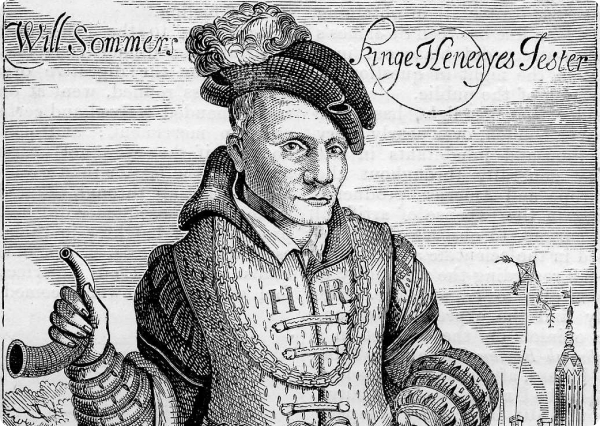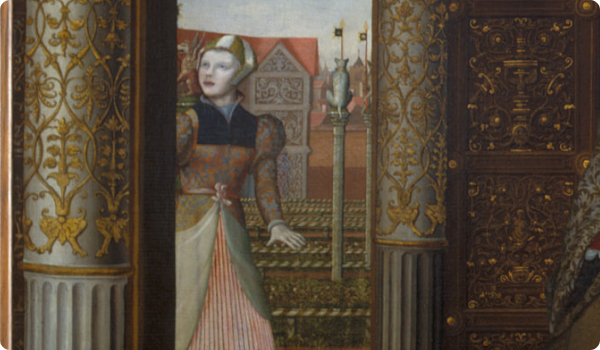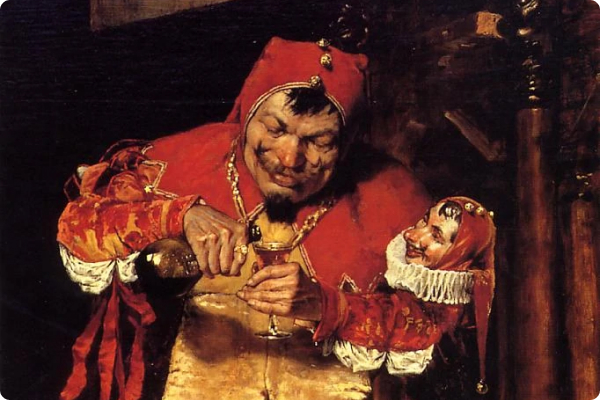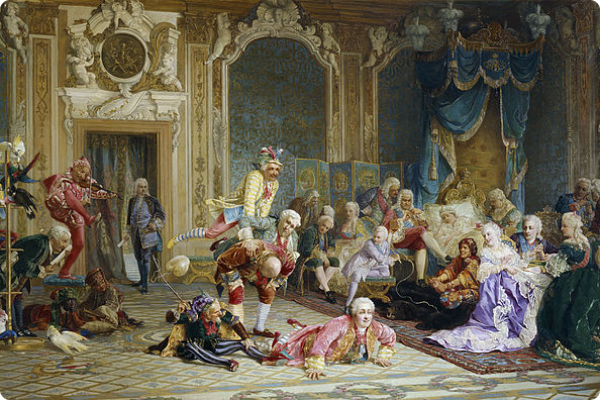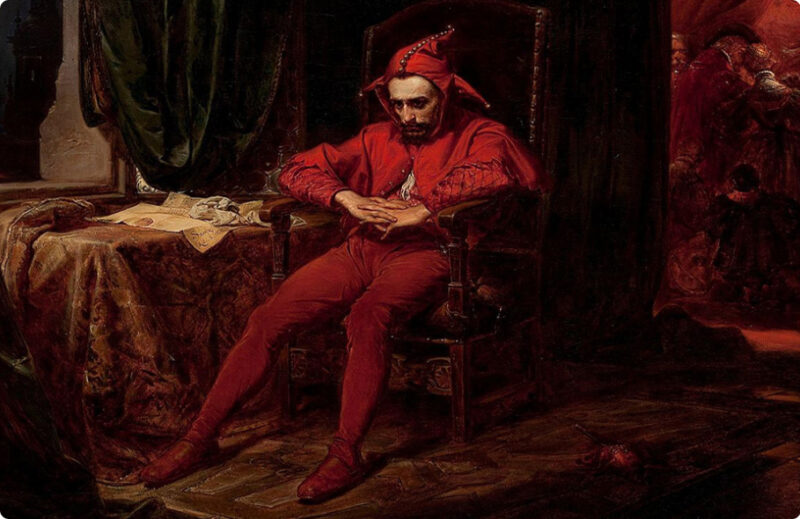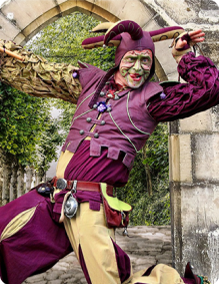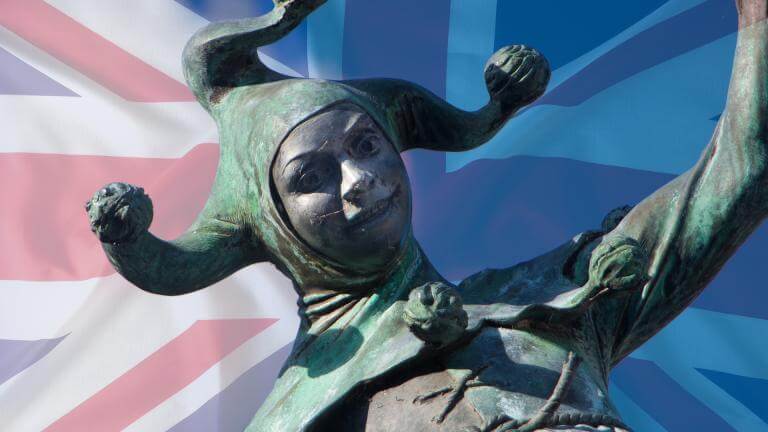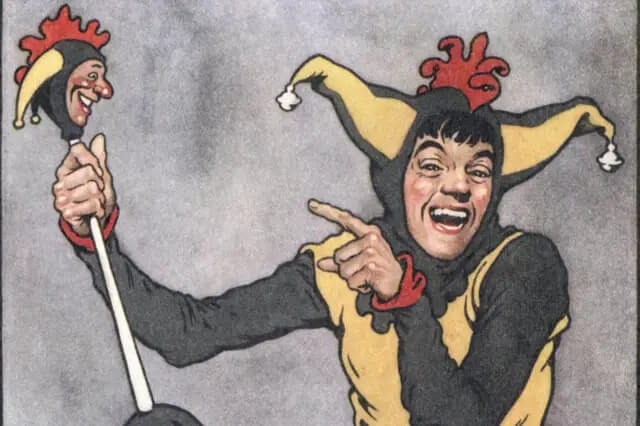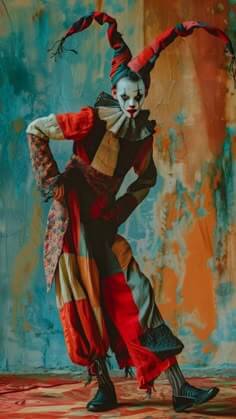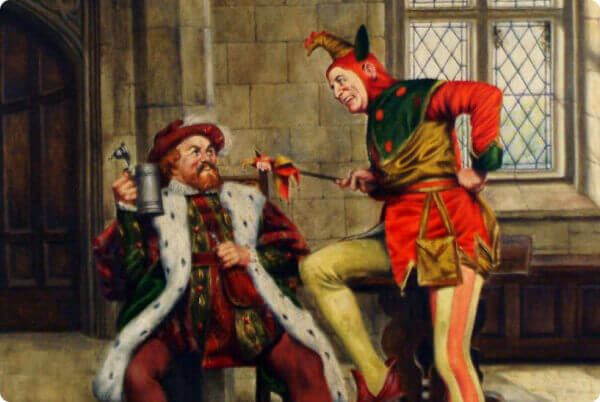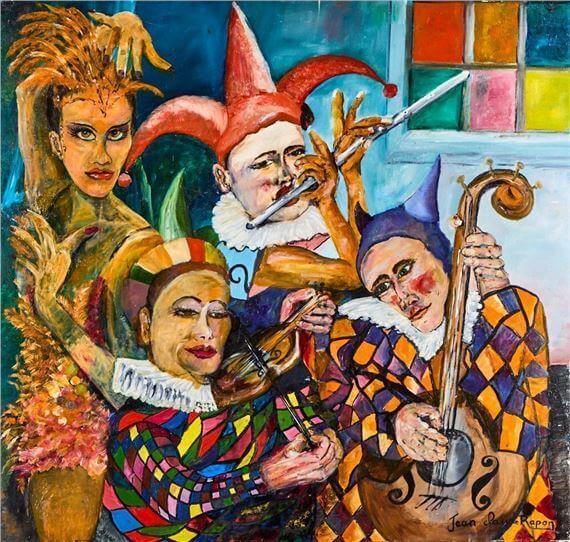Jester Images
FAQs About Jester Pictures
The bells were not just for decoration. Historically, the jingling sound added to their comic performance, making even a simple bow or tumble into a lively spectacle. In jester images, the bells are symbolic too because they represent constant motion, energy, and the idea that the jester was always performing.
Yes and no. The most famous jester look with brightly patterned outfits, pointed shoes, and a cap with three floppy prongs comes from Renaissance-era depictions. Earlier jesters wore simpler clothes, sometimes hand-me-downs from their masters. Images from manuscripts and tapestries show that the “classic” jester costume became more of a theatrical standard than an everyday outfit.
Jester pictures often symbolise humour, truth-telling, and satire. In medieval courts, jesters had the rare privilege of mocking kings and nobles without punishment. Artists later used their pictures and images to represent “the fool who speaks wisdom” or to remind viewers of life’s unpredictability. A jester picture can be playful, but it can also carry serious undertones about society.
Not always. While many depict jesters with a grin, others show them looking pensive or even sad. This reflects their dual role as public entertainers on the outside, but often keen observers of human nature. Some jester pictures highlight this contrast, making the jester both comic and tragic at the same time.
You can spot authentic jester pictures in medieval manuscripts, Renaissance paintings, and carvings in castles and churches across Europe. Museums such as the British Museum, the Victoria and Albert Museum, and the Louvre hold fascinating examples. Online archives and digital libraries also have collections of illuminated manuscripts where jesters appear in the margins.
Contemporary artists often blend traditional jester elements such as bright colours, bells, and masks with modern themes.
Most of the well-known jester pictures come from European courts, particularly in England, France, Spain, and Italy. However, many cultures around the world had their own versions of entertainers, fools, or comic performers.
While they may not have looked exactly like the classic European jester, pictures and images from other regions show similar roles where performers used humour, music, and satire to entertain rulers and audiences.
In theatre, jester images are still widely used in costumes, stage design, and posters. The Harlequin, a character from Italian commedia dell’arte, shares roots with the jester and often appears in vibrant pictures that inspire performers.
Not all jester pictures were meant to be light-hearted. Some artists exaggerated their features or used darker colours to highlight the unsettling side of the jester. This reflects the historical truth that jesters walked a fine line between humour and harsh criticism.

